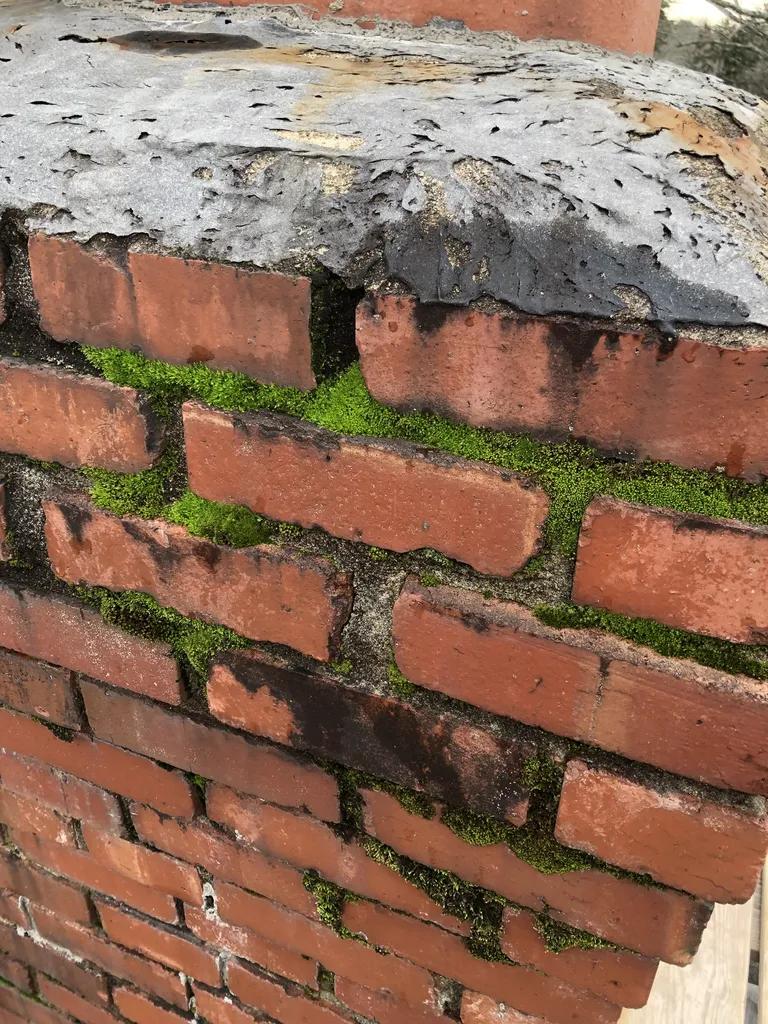Kentucky is renowned for its rich history and distinctive architecture, with many historic masonry buildings standing as a testament to the state’s past. However, maintaining these structures in the face of time and weathering is a pressing concern for preservationists and property owners alike. In this article, we will explore the importance of preserving Kentucky’s historic masonry buildings, the challenges involved, and the strategies employed to ensure these architectural gems endure for future generations to appreciate and admire.
Table of Contents
- Challenges in
- Strategies for Preventing Deterioration of Masonry Structures
- Importance of Periodic Inspections for Historic Masonry Buildings
- Utilizing Proper Restoration Methods for Masonry Preservation
- Q&A
- Final Thoughts

Challenges in
Maintaining the structural integrity of historic masonry buildings in Kentucky poses several challenges that preservationists must navigate. One major issue is the natural weathering and deterioration of the materials over time, which can weaken the building’s foundation and walls. This can lead to potential safety hazards for occupants and visitors, making regular inspections and maintenance crucial for the longevity of these structures.
Additionally, Kentucky’s historic masonry buildings may also face challenges related to funding for restoration projects. Securing financial support for extensive renovations can be difficult, especially for smaller organizations or privately-owned properties. Without proper funding, preservation efforts may be delayed or even halted, putting these valuable pieces of history at risk of further decay and potential demolition.

Strategies for Preventing Deterioration of Masonry Structures
One key strategy for preventing deterioration in masonry structures is regular maintenance and inspection. By conducting routine inspections, issues such as cracks, leaks, or efflorescence can be identified early and addressed before they worsen. Repointing, repairing damaged bricks or stones, and addressing water infiltration are all important maintenance tasks that can help preserve the integrity of a masonry building.
Another effective strategy is the use of compatible materials during restoration or repair work. It is crucial to use materials that are similar in composition and properties to the original materials used in the construction of the building. This ensures that any new additions or repairs will interact well with the existing masonry, preventing future issues. Additionally, incorporating proper drainage systems, such as gutters and downspouts, can help prevent water damage and prolong the life of the masonry structure.

Importance of Periodic Inspections for Historic Masonry Buildings
Preserving Kentucky’s historic masonry buildings is crucial in maintaining the state’s rich architectural heritage. These buildings not only showcase the craftsmanship of the past but also hold significant cultural and historical value. Periodic inspections play a vital role in ensuring the structural integrity and longevity of these structures.
During inspections, trained professionals assess the condition of the masonry, identify any signs of deterioration, and recommend necessary repairs or maintenance. Regular inspections can help detect issues early on, preventing costly damage or potential safety hazards. By staying proactive in the preservation efforts of historic masonry buildings, we can continue to appreciate and enjoy these architectural gems for generations to come.

Utilizing Proper Restoration Methods for Masonry Preservation
When it comes to preserving Kentucky’s historic masonry buildings, utilizing proper restoration methods is essential. Masonry, which includes brick, stone, and concrete, is a common building material in the state’s historic structures. Over time, these buildings can deteriorate due to various factors such as weathering, age, and improper maintenance. By following the right restoration techniques, we can ensure that these architectural treasures are preserved for future generations to enjoy.
One key aspect of masonry preservation is the use of **gentle cleaning methods** to remove dirt, grime, and biological growth without causing further damage to the building’s surface. Techniques such as **low-pressure washing** and **chemical cleaning** can be used to effectively clean masonry without compromising its integrity. Additionally, **repointing** damaged mortar joints and **replacing damaged bricks or stones** can help strengthen the building’s structure and prevent further deterioration. By incorporating these restoration methods, we can prolong the lifespan of Kentucky’s historic masonry buildings and maintain their architectural beauty.
Q&A
Q: Why is it important to preserve Kentucky’s historic masonry buildings?
A: Preserving historic masonry buildings in Kentucky is important for maintaining the state’s cultural heritage and architectural character. These buildings offer a glimpse into the past and can provide valuable insights into Kentucky’s history and development.
Q: What are some common challenges faced when preserving historic masonry buildings?
A: Some common challenges include deterioration of the masonry materials, inadequate maintenance, and lack of awareness about the importance of preserving these buildings. Additionally, securing funding for preservation efforts can be a major obstacle.
Q: What are some strategies for preserving historic masonry buildings?
A: Strategies for preserving historic masonry buildings include regular maintenance, proper cleaning and repair of masonry materials, and implementing conservation techniques to prevent further deterioration. Working with preservation experts and consulting historical guidelines can also help ensure the proper preservation of these buildings.
Q: How can communities get involved in preserving Kentucky’s historic masonry buildings?
A: Communities can get involved in preserving historic masonry buildings by advocating for their protection, raising awareness about their historical significance, and supporting preservation efforts through fundraising and volunteer work. Working with local historical organizations and preservation agencies can also help communities effectively preserve these important landmarks.
Final Thoughts
In conclusion, preserving Kentucky’s historic masonry buildings is vital in order to maintain the rich cultural and architectural heritage of the state. By recognizing the significance of these structures and taking necessary steps to maintain and restore them, we can ensure that future generations will be able to appreciate and learn from these important pieces of history. Through collaboration between preservationists, contractors, and community members, we can work together to safeguard these invaluable landmarks for years to come. Thank you for reading and for your support in the preservation of Kentucky’s historic masonry buildings.


